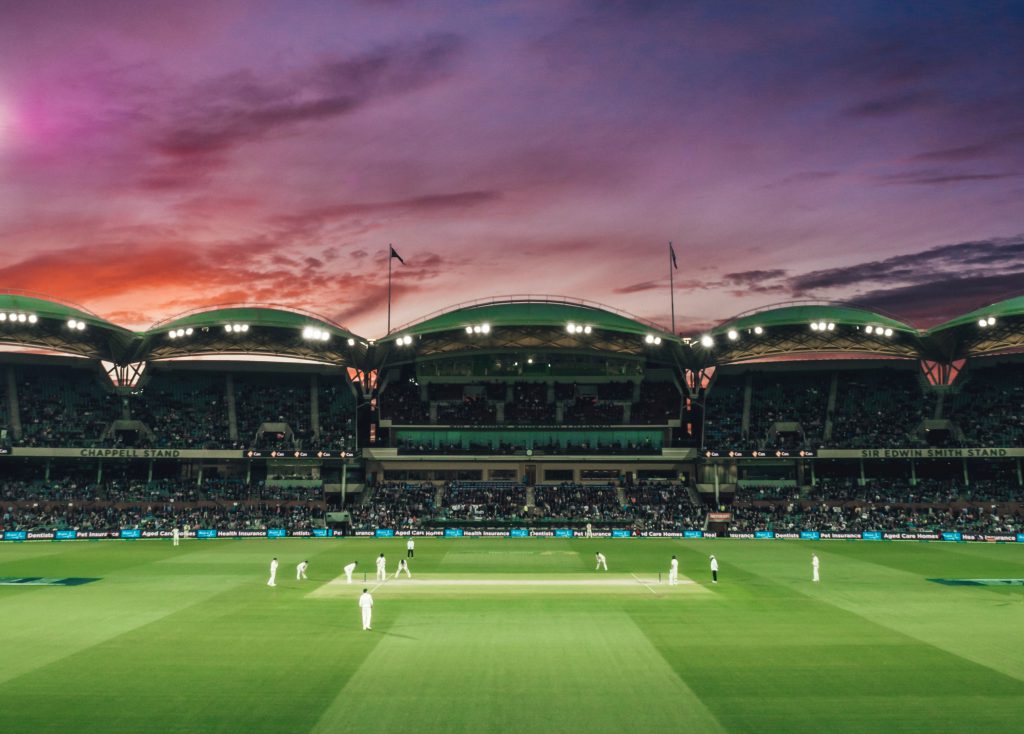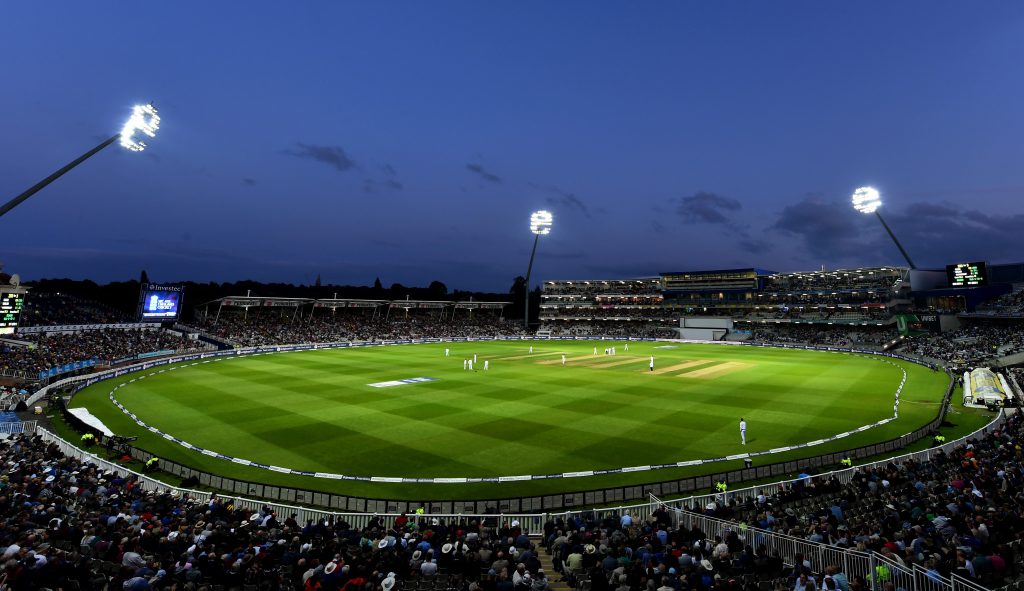MD Warren Jacobs on the Future of Sports Marketing
Sport. It’s one thing that the world has in common.
Every nation has its favourite; whether it’s football in England, cricket in India, or rugby union in New Zealand, there is something about sports that hooks most of us from an early age.
Our investment in enjoying our favourite teams and clubs tends to grow in conjunction with disposable income as we get older, through club-branded shirts, match tickets and TV subscriptions to watch on satellite.
Consequently, sport probably wouldn’t be where it is without exceptional promotional activity, which is why sports marketing is the main focus for ActiveWin Media.
You could even go so far as to say that consumers’ thoughts and feelings towards a particular sports star or team are a direct result of how well they are marketed. Nike is a perfect example of how an obscure brand of running shoes in Oregon transformed into a global marketing juggernaut after signing rookie NBA phenom Michael Jordan in 1984 (after adidas passed on him).
First of all, think of David Beckham. Originally famed for his skills at Manchester United, he is now arguably more famous for his celebrity-status through commercial deals with mega-brands like adidas, H&M and Pepsi, not to mention a plethora of his own-branded cosmetics, fragrances, and clothing. The reason for his ongoing success is that we feel like we know him personally, thanks to exceptional personal branding.
Therefore, sports marketing has a massive influence on the success of a brand. Get it right, and you can see merchandising, tickets sales and profits soar to extreme levels. Get it wrong, and you could be staring down the barrel of a disaster, both financially, and in public perception.
Like the majority of the UK, we’re mad about sport at ActiveWin and wanted to take a look into how both digital and traditional forms of sports marketing are being used today.
So from the futuristic look of the new cricket competition, The Hundred, to the battle in promoting the women’s football, we’ve put together a series of case studies to evaluate how sports marketing is working as we go forward in a new decade. The first installation is on The Hundred.
What is The Hundred?
The Hundred is the new professional franchise 100-ball cricket tournament, run by the English Cricket Board. It is set to come to England and Wales in July 2020.
The new league will consist of eight city-based franchise teams, each of which will field both a men’s and women’s team under the same name.
The eight teams will be competing for the title over a 38-day period during the school summer holidays, with each team playing four matches at home and four matches away.
Following that, there will be a play-off system among the top four sides in the table, with a final played to decide the overall winner.
How Has It Been Marketed?
First of all, it should be made clear that the general idea of the new competition is to attract a new audience, ideally, a younger one who might be able to better understand a simpler 100-ball concept rather than the often complicated Test match alternative.
The long-term goal is to foster new cricket fans, so a few digital marketing strategies, as well as traditional branding, are in place to try and grasp the target audiences’ initial interest.

City Names
The first is by moving away from the traditional use of counties, which has been adopted across the other British shorter format competitions, with teams such as Lancashire Lightning and Yorkshire Vikings.
Because the city franchises mean we’ll have teams such as Manchester Originals and London Spirit, it’s meant to be easier for the new audience to associate with.
However, there are also flaws to that strategy; under the current county system, somebody from Liverpool can still associate themselves with Lancashire, but might not be so keen on supporting a team under the label of Manchester, due to the existing football rivalry between the two cities.
Kit Designs & Sponsors
Likewise, the second obvious marketing strategy has come in what the players wear on matchdays – the kits.
For starters, the logos of each team have moved away from the usual county emblem, so there isn’t a single rose in sight.
Instead, each team has developed modern logos, creatively designed as a piece of graffiti rather than a traditional coat of arms. The Oval Invincibles will carry a fist logo on their chests, while the Trent Rockets have a quirky ‘R’ design.
Furthermore, the kit sponsors have caused some debate since they were shown to the public at the official revealing of The Hundred. Each team has been sponsored by a snack company, the kind that schools are trying to keep out of lunchboxes. The logos are all big and bold in the middle of the players’ shirts, with Hula Hoops sponsoring the Welsh Fire and McCoy’s taking pride of place on Manchester Originals’ jersey.
Skips (Trent Rockets) and KP Nuts (Oval Invincibles) are perhaps the most eye-catching, and they certainly aren’t going to be missed by spectators at the ground, or on TV.
In one sense, this is an excellent marketing ploy by the ECB as all of the sponsors are practically household names and well known by people across the country. However, they aren’t exactly healthy snacks to advertise to children and critics would argue that the ECB isn’t doing its bit to encourage a healthy lifestyle for the younger generation.
The Draft
Another ploy that the ECB has carried out in the marketing of The Hundred, is the first-ever player draft; the same as the NFL, NBA, and MLB has done for decades (albeit the teams with the worst season’s records are given an advantage over the top teams in an effort to ensure that franchisees don’t dominate their sport for decades). It is set in a sports-bingo-mashup event with all the teams in the same room, hoping to draw the first pick of the freshest new talent.
The first auction took place in 2019 live on Sky Sports, held in a TV studio that was very similar to those used by some of the biggest esports tournaments.
So that kind of format is a million miles away from the traditionalist view of cricket, where transfers and new signings are usually kept low-key and certainly don’t have the hype and speculation that is more familiar in football.

Terrestrial TV
Seems like a lot of the planning went into securing coverage on terrestrial TV, which is something the BBC have agreed to.
That means that English international and domestic cricket will be shown live on BBC TV for the first time in 21 years from 2020.
The five-year-deal means more than 100 hours of cricket will be broadcast on the BBC each summer, including England men and women’s Twenty20 internationals and The Hundred competition. The expanded coverage should equate to an increase in viewership (and, hopefully, supporters).
Conclusion
The future of The Hundred is difficult to predict as it’s a tournament that is treading new ground for the sport of cricket in the UK.
So far, the hype is yet to really get going, and even the draft has done little to whet the appetite of those who already love the game. The same goes for the fact that all the team coaches are from outside the UK, meaning big names such as Andrew Flintoff and Kevin Pietersen aren’t able to help the tournament gain traction in the UK.
Of course, the mood is likely to change once summer comes around and, with England winning the Cricket World Cup in 2019 and then battling out a close Ashes series, cricket has certainly been given a boost across England and Wales.
Whether that is enough to really sell The Hundred is a question that will only be answered when the first game gets underway in July.
In the next installation of sports marketing, we’ll look specifically at how clubs like Manchester City are using different digital channels to expand their fan base.


